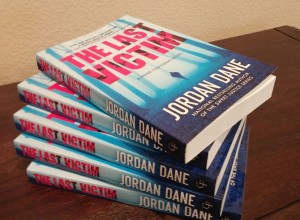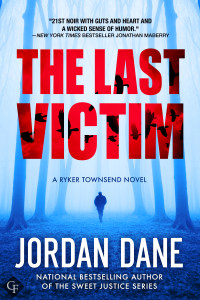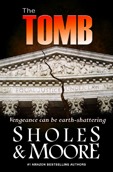Writers tend to despise rules. They quickly reject that which smacks of them (a sort of carpet bombing of anything that seems to dictate what they should and shouldn’t do in a story), and on some occasions, proceed to drift to the dark fringe of their genre in an attempt to reinvent the form.
The last writer to successfully reinvent a genre is buried next to Machiavelli in a cathedral in Florence.
Rejecting what we perceive to be a rule is a choice. But it may not be the choice the writer believes it to be.
Because what they’re messing with may not be a rule at all.
What it is, more likely, is a principle.
Semantics? Perhaps. But when it comes to our beliefs and boundaries about writing, semantics count. So let’s agree that, in writing, there are no rules.
But there are principles. And they don’t care what we believe. They just are. The principles of storytelling are like gravity: they are forces of nature that govern the effectiveness of what we do.
Rules, principles, tropes… whatever, pick what allows you to write with confidence with a maverick sense of creative individualism, if that’s what you require. But know this: when you mess with gravity — which doesn’t care what you call it — it can kill you.
As I write this I’m in a hotel room prepping my Powerpoint for a seven hour “master class” workshop at the annual Willamette Writers Conference in Portland, OR, where I’ve taught for seven of the last eight years. While it may be curious to some why they keep asking me back, I believe it is because of my advocacy and analogy-saturated focus on storytelling principles, some of which are less obvious than others (the principles, not the analogies).
Here, then, are a few of my favorites, some of which I suggest you consider pasting onto your monitor. Preferably not on the screen itself.
That, too, is not a rule, but yet one more principle that will serve you every time.
Successful stories are never primarily “about” something in terms of primary focus (a character, a theme, a location, etc). Rather, they are about something happening.
The best way to illuminate character is to give them something interesting to do.
Conflict is the most important word in fiction, trumping a list of other very important words. Conflict fuels fear and risk and threat and danger, which are the tropes of nearly all modern fiction. Mostly, though, it manifests as confrontation and a collision of agendas, leading to dramatic tension. If your story doesn’t have dramatic tension as the primary engine the narrative, chances are your story won’t work.
Character is the collision of backstory (which creates inner landscape) with opportunities that require decision and action in the presence of stakes.
Concept and Premise are not the same thing. Concept is to premise what sugar and spice are to baked goods. What salt is to popcorn. Concept fuels premise with something conceptual.
Break in — and break through — novels almost always have something highly conceptual driving the premise.
Plot is not a dirty word, no matter what your MFA program would have you believe. In commercial fiction, plot is your ticket in.
When you hear or read someone referring to their book (usually the one they hope to write one day) as a “fiction novel,” disregard all that comes out of their mouth from that point forward.
Your experience as a reader is only a minor and inadequate preparation for your experience as a writer.
It takes most of us ten or more hours to read a novel. It takes two hours to watch a movie. Screenwriters learn on Day One of their journey what it can take some novelists years to assimilate. Watch and learn.
There are twelve categories of skills and essences you must master before you can write effective fiction. Your pretty sentences and paragraphs are just one of them.
Passion for a particular theme can crash your story. Story is a window into theme, not a pulpit for it. Passion is an intoxicant, best used in moderation.
Nothing exposes a rookie quicker than dialogue that sounds like it came from an elementary school play. Check that — there is one thing that outs you even quicker: the mishandling of dialogue punctuation and attribution.
Once exposed to the principles of writing effective fiction — this is especially true relative to structure — the best way to cement that knowledge is to watch it in play in the novels you read and the movies you watch.
Exceptions are out there, but those authors are also buried in that Cathedral in Florence, so make your choices accordingly.
*****
Larry Brooks writes about story craft, with two bestselling books out on the subject, and his third book – Story Fix: Transform Your Novel From Broken to Brilliant – (with a Foreword by Michael Hague, and generously blurbed by several of the authors here on Kill Zone) releases in October from Writers Digest Books.










